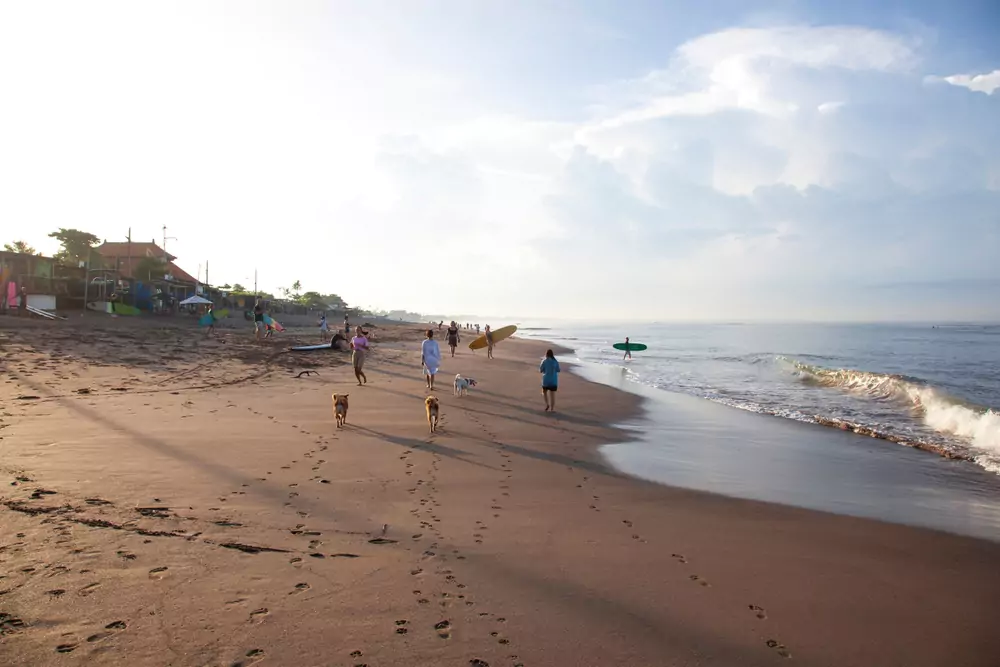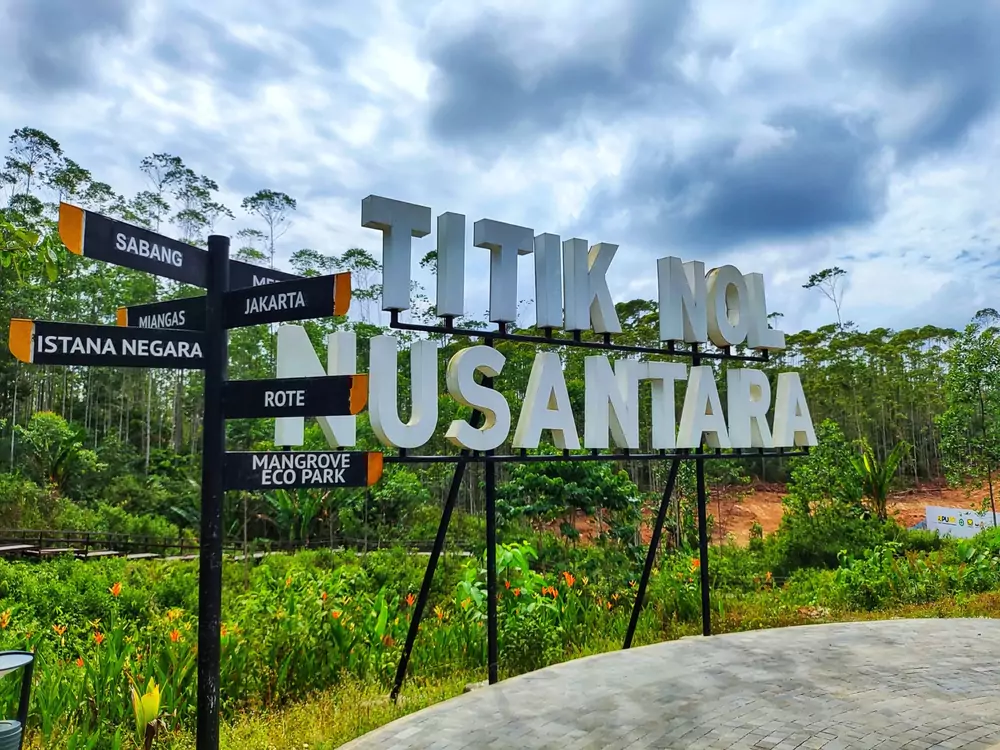Can Bali’s rental success be replicated across Indonesia’s real estate landscape?
The combination of cultural richness and island tranquility in Bali is propelling its rental market, while other areas of Indonesia are experiencing slower growth

Barely a week passes without a grinning influencer uploading a video extolling Bali’s virtue, complete with sweeping shots of luxury villas and artfully arranged acai bowls.
Indonesia’s most famous tourist destination has become social media gold, drawing anyone eager for online fame or a quick buck—many of whom are only too happy to sell you a home.
Yet, beneath the gloss and self-promotion, Bali’s housing market is genuinely booming. While Jakarta and other major cities struggled to attract residential buyers, Bali emerged as one of Indonesia’s brightest real estate hotspots last year.
In 2024, Bali welcomed 6.3 million foreign visitors, surpassing pre-pandemic levels, according to official data. This surge has spurred significant gains in the island’s property market, notes Bagus Adikusumo, a senior director at Colliers Indonesia.
Bali’s picturesque landscapes, coupled with a relatively low cost of living compared to Western countries, have made it an attractive hub for expatriates
“The property market is very active in Bali right now. Residential sectors, including villas, apartments, and landed houses, are performing exceptionally well,” he says. Adikusumo highlights the high sales levels achieved by new villa developments during their launch stages.
Bali’s appeal extends to digital nomads and Western renters who have traded expensive lifestyles at home for their slice of affordable paradise. Long a favourite destination for Australian tourists, many are now opting for permanent stays.

“Anyone who’s rented in Australia knows it’s like the Hunger Games right now,” quips one expatriate. “Landlords can charge what they want and delay repairs indefinitely. As a tenant, you might as well tattoo ‘license to rip me off’ on your forehead.”
The demand for real estate in Bali is also driven by a sense of lifestyle and freedom that many international buyers seek. Bali’s picturesque landscapes, coupled with a relatively low cost of living compared to Western countries, have made it an attractive hub for expatriates.
Remote workers, in particular, have been drawn to the island’s thriving co-working spaces and vibrant social scene. This influx of residents has created a ripple effect on local businesses, from cafes and boutiques to wellness retreats, further boosting the island’s economy.
Bali’s real estate appetite sharply contrasts with the lukewarm demand in Jakarta and Surabaya, especially for apartments. In Jakarta, no new apartments were completed during the third quarter of last year, keeping supply at 226,815 units. While 400 additional units were expected by the fourth quarter, increasing the annual supply by just 2.5 percent, the figure remained low. Some apartments were even priced below IDR1 billion (USD62,000), but this failed to significantly boost sales.
“Developers are pulling back from building apartments because sales are below target,” says Ferry Salanto, head of research at Colliers Indonesia. “Large developers are focusing on landed housing, which carries lower risk.”

A similar trend emerged in Surabaya, where no new launches or completions occurred in the first half of last year due to construction delays. Projects were instead pushed to the second half of 2024.
To stoke property demand, Indonesia’s government has relied on tax breaks. While these initially bolstered sales in major cities after their 2021 introduction, their impact has since waned.
“Our findings show the VAT waiver benefits the landed housing market more than apartments. However, the effect isn’t as strong as when the waiver was first introduced,” says Adikusumo.
Looking ahead, JLL’s senior director for Indonesia, Vivin Harsanto, predicts that landed residential properties will remain strong, as they are still the preferred choice. For apartments, she points to key factors like strategic locations, reputable developers, and unique selling points as critical to success.
As for Bali, Adikusumo believes it will continue to outperform. “The residential market will plateau in major cities like Jakarta and Surabaya, but Bali’s property market will keep flourishing. Tourism expansion is driving foreign investment and pushing property prices higher.”
Land prices in Bali could rise by 10-15 percent annually, with sought-after areas like Canggu, Jimbaran, and Kuta seeing increases of up to 17 percent per year. Adikusumo predicts a return on investment of 12-18 percent within three years for properties in these areas.

Bali’s upcoming subway system—the first phase of which is slated for completion in 2028—is also expected to boost residential demand, particularly for landed properties, while creating new market opportunities.
However, ensuring sustainable growth requires addressing rogue operators and influencers. Last year, travel blogger Alex Ubin’s clip showcasing a luxurious three-storey villa in Canggu—priced at just over USD400,000—sparked controversy. Critics pointed out that the villa was a leasehold, highlighting Indonesia’s law prohibiting foreigners from directly owning land.
Concerns over scams prompted Tourism Minister Sandiaga Uno to announce a crackdown on developers violating construction and business permits.
While Bali thrives, it’s essential to note the challenges facing its infrastructure. As tourism booms, the strain on roads, water resources, and waste management systems is becoming increasingly apparent. Local authorities have introduced measures to address these issues, such as encouraging eco-friendly practices among businesses and launching community-driven cleanup initiatives. Still, critics argue that more robust policies are needed to balance growth with sustainability.

Moreover, the island’s reliance on foreign investment presents both opportunities and risks. While foreign buyers bring significant capital into Bali’s economy, they also contribute to rising property prices, potentially making it harder for residents to afford housing. Policymakers are exploring ways to regulate foreign ownership more effectively, aiming to strike a balance between attracting investment and preserving affordability for locals.
The broader impact of Bali’s property boom is also felt in Indonesia’s neighbouring regions. Areas like Lombok and the Gili Islands are witnessing increased interest as buyers seek alternatives to Bali’s escalating prices. These regions, while less developed, offer similar natural beauty and a slower pace of life, positioning them as attractive options for both tourists and investors. As infrastructure in these areas improves, they may emerge as significant players in Indonesia’s real estate landscape.
With Bali aiming to attract 6.5 million foreign visitors in 2025, the promise of paradise will undoubtedly lure many. Whether this enthusiasm will extend to other key property markets in Indonesia remains uncertain.
The original version of this article appeared in PropertyGuru Property Report Magazine Issue No. 188 on issuu and Magzter. Write to our editors at [email protected].
Recommended
Exploring the impact of shifting demands on the future of Philippine real estate markets
Developers and investors are adapting to pressures while tapping into numerous advantages to drive the nation’s real estate sector
ARES White Paper Volume 3: The era of adaptive reinvention
Pioneering sustainable and innovative practices in urban development
ARES White Paper Volume 2: Unravelling the power of data revolution in real estate
Insights on proptech, smart cities, and sustainable development
ARES Digital White Paper Volume 1: The fundamentals of responsible building
Green and climate heroes join forces to discuss how Asia Pacific can weather the current environmental crises and the looming effects of climate change






